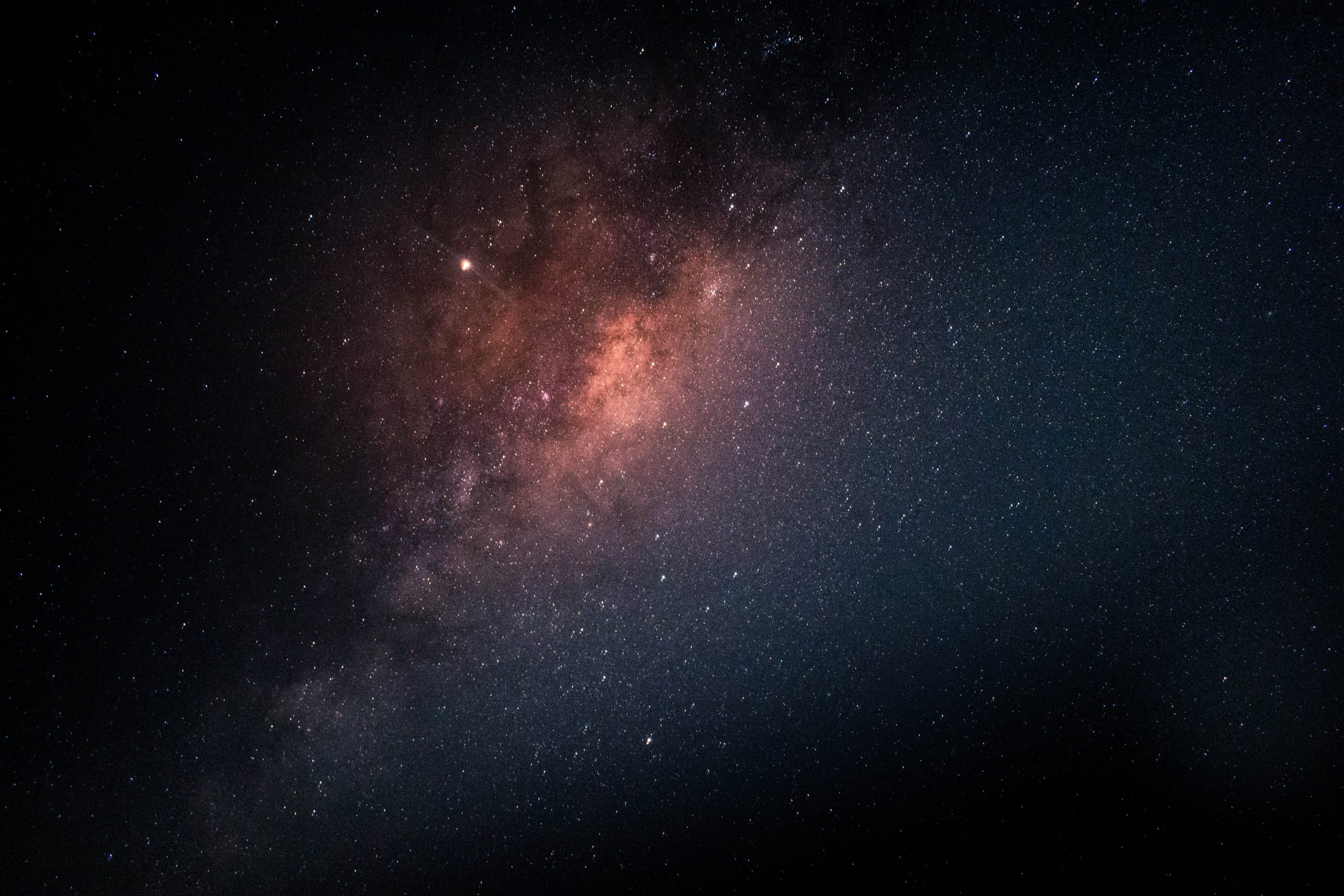Friendly Note: FreeJupiter.com shares general info for curious minds 🌟 Please fact-check all claims—and always check health matters with a professional 💙
For a long time, human existence has been viewed as an extraordinary cosmic rarity. The conditions needed for life to thrive on Earth seemed almost impossibly specific—a habitable zone, liquid water, a stable star, and countless evolutionary steps leading to intelligence. This perspective has long been reinforced by the “hard-steps” model, which suggests that intelligent beings are highly improbable across the universe. However, a fresh analysis challenges this assumption, proposing that intelligent life may be a natural consequence of planetary evolution rather than an extraordinary accident.
A recent study, published in Science Advances on February 14, questions the conventional model and presents a different framework for understanding humanity’s emergence. If correct, this perspective implies that Earth is not the sole home of intelligence and that similar life forms might arise elsewhere. While no direct evidence of extraterrestrial beings is provided, the new theory offers a structured approach to investigating their potential existence.
The Traditional Hard-Steps Model
To fully grasp this new viewpoint, it is necessary to first understand the old one. The hard-steps model was first introduced by physicist Brandon Carter in 1983. He noted that intelligent life emerged relatively late in Earth’s timeline, suggesting that the process was extraordinarily difficult and unlikely to be replicated elsewhere. According to this model, several critical evolutionary milestones—dubbed “hard steps”—had to be overcome before human-like intelligence could develop. These included the origin of life, the advent of photosynthesis, the emergence of eukaryotic cells, the development of multicellular organisms, and the rise of intelligence itself.
Because each of these events appears to have occurred only once in Earth’s history, they have been interpreted as rare and improbable. As a result, many scientists concluded that intelligent civilizations must be exceedingly uncommon throughout the cosmos.
An Alternative View: Evolution as an Inevitable Process
The recent study, however, disputes this interpretation. Instead of viewing these evolutionary milestones as nearly impossible, the new framework considers them as likely consequences of planetary and biological interactions. Earth’s environment and lifeforms have influenced one another over billions of years, creating a feedback loop that steadily guided evolution in a particular direction.
In this view, intelligence did not appear by chance but rather as a predictable outcome of Earth’s natural development. “Humanity arrived right on time in relation to the planet’s evolution,” explains Jennifer Macalady, a microbiology professor at Pennsylvania State University and co-author of the study. According to this perspective, some planets may even develop intelligent life more quickly than Earth did, though that remains an open question.
One argument supporting this idea is that evolutionary milestones may not be as rare as previously assumed. The fossil and genetic records of life on Earth are incomplete, making it difficult to determine whether key events truly occurred only once. In fact, there is evidence that certain biological breakthroughs, once considered unique, may have happened multiple times.
Macalady, drawing from her expertise in microbiology, emphasizes that evolution frequently produces similar solutions independently. A case in point is the development of plastids, which led to chloroplasts and photosynthesis. It was long believed to have happened just once, yet more recent research suggests similar processes may have occurred multiple times.
The Role of Environmental Change in Evolution
Another key aspect of the new theory is the role that environmental shifts play in shaping evolutionary pathways. Each significant evolutionary milestone altered Earth’s environment in ways that influenced subsequent changes. Photosynthesis, for instance, drastically transformed the atmosphere by introducing oxygen, which in turn allowed for the eventual emergence of complex life.
According to Daniel Mills, the study’s lead author and a geobiologist at the University of Munich, Earth was not capable of supporting intelligent beings for most of its history. The first oxygen only appeared around two billion years ago, and the conditions necessary for human-like civilization developed just 400 million years ago. “Carter’s assumption that humans could have evolved at any point in Earth’s history is incorrect,” Mills explains. “For the majority of time, the planet simply wasn’t suitable.”
The study argues that instead of being a stroke of luck, human intelligence was the product of a chain reaction of environmental and biological changes. This challenges the assumption that our existence is an improbable accident and suggests that, given enough time, intelligent life may frequently arise on habitable planets.
Testing the Theory: Searching for Life Beyond Earth
While the new model does not serve as direct proof of alien life, it provides a foundation for future research. Understanding the conditions that lead to intelligence could help refine the search for extraterrestrial civilizations. Observations of exoplanets, for example, could provide clues. If planets with oxygen-rich atmospheres are discovered, they might indicate that similar evolutionary patterns have played out elsewhere.
Additionally, studying exoplanets that contain biosignatures—chemical traces of biological activity—could offer more evidence of life’s prevalence. Instruments like the James Webb Space Telescope (JWST) and upcoming missions dedicated to exoplanet atmospheric analysis will play a crucial role in this research. By identifying planets with conditions similar to early Earth, scientists can refine their models of where and how life emerges.
Further investigation is also needed on Earth. By examining ancient proteins, microbial fossils, and early genetic material, scientists can deepen their understanding of how life’s key innovations unfolded. Studies of extremophiles—organisms that thrive in extreme environments—may provide clues about how life could persist on alien worlds with harsh conditions.
Climate and geological models could also provide insights into the environmental factors that shaped evolution. By reconstructing Earth’s past climates and ocean chemistry, researchers can determine what conditions were necessary for major evolutionary leaps. These findings can then be applied to studies of other planets, refining the criteria used to identify potentially habitable worlds.
The Broader Implications
If intelligence is not as rare as previously assumed, it changes our perception of humanity’s place in the cosmos. Some influential figures, such as Elon Musk, have embraced the hard-steps model, arguing that humans may be the only intelligent beings in the universe. This belief has even been used as a justification for space colonization, with the idea that humanity has a responsibility to ensure that intelligence endures.
However, if life naturally trends toward intelligence, as the new theory suggests, then humans are not necessarily unique or indispensable. If our species were to go extinct, another intelligent civilization could potentially emerge in our place. Mills finds this idea reassuring. “I certainly hope humanity persists, but it’s comforting to think that Earth might get another chance,” he says.
The debate is far from settled, but this emerging perspective challenges long-held beliefs about the rarity of intelligent life. If the conditions on Earth were not an exceptional fluke but part of a broader pattern, then the universe may be teeming with civilizations yet to be discovered.










